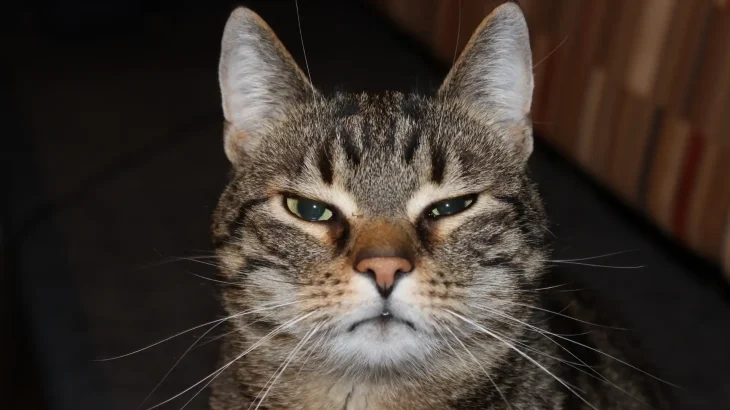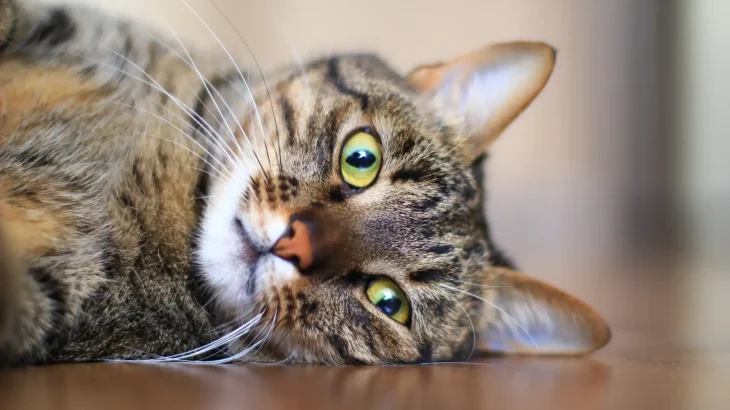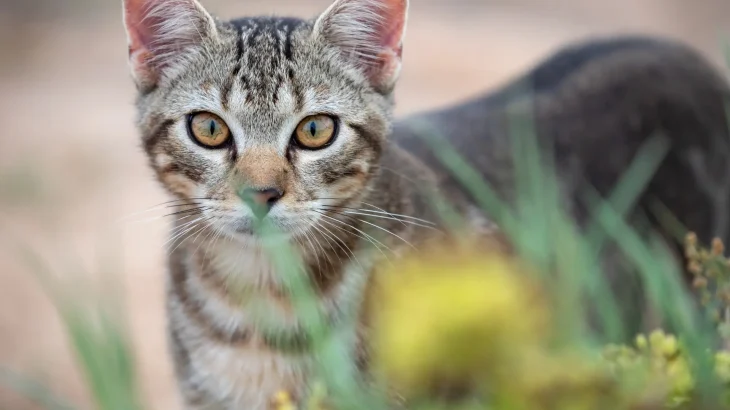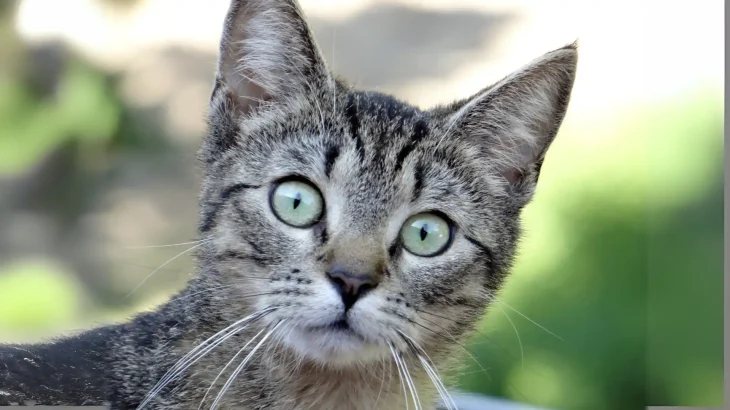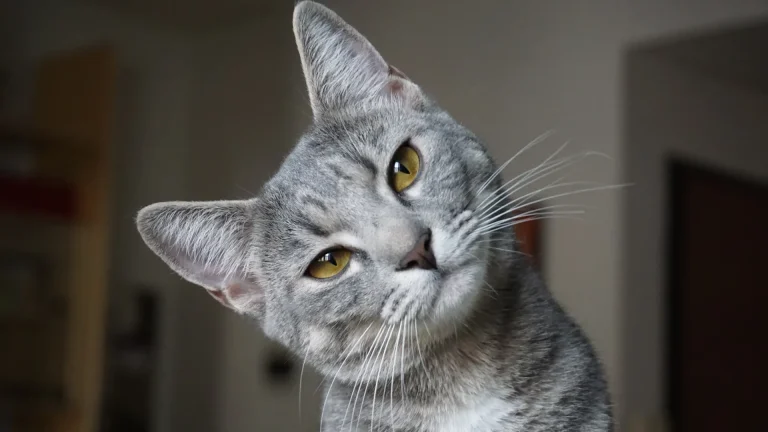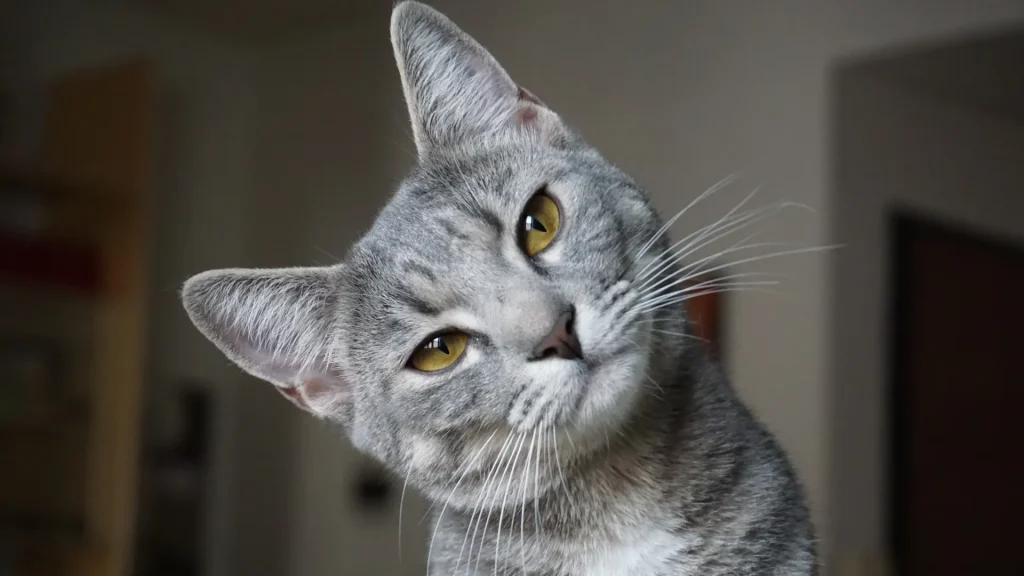When caring for an Antipodean cat, pet insurance is worth considering. This lively breed, like all cats, can face unexpected vet bills from accidents or illnesses. Insurance helps cover these costs, ensuring your feline friend receives proper care without financial stress. While Antipodeans are generally healthy, accidents like eating toxic plants or injuries can happen. Pet insurance offers peace of mind by protecting against surprise expenses and tough choices.
Health and Surgery Coverage
Policies often cover care for illnesses, accidents, and sometimes routine care as an add-on. Coverage may include diagnostics, medications, and surgery for emergencies or hereditary issues. Pre-existing or preventable conditions are usually excluded. Owners typically pay upfront and get reimbursed later.
Liability Coverage
Some plans include liability protection for injuries or damage your cat may cause, useful if your Antipodean is adventurous or in shared housing. This adds security but may cost more and isn't essential for mostly indoor cats.
Alternatives to Insurance
Options like saving money for emergencies, discount plans, or credit avoid premiums but carry risks if funds fall short for costly treatments. Unlike insurance, they lack pooled risk benefits.
Coverage Details and Costs
Insurance usually covers accidents, illnesses, and some chronic conditions but excludes pre-existing issues and elective care unless add-ons are bought. Owners pay deductibles, co-pays, and costs above policy limits. For example, with 80% reimbursement after a deductible, you'd pay the deductible plus 20% of the bill. Payout limits often apply yearly or per condition.
Pros and Cons of Pet Insurance
Insurance lowers choices between your cat's health and budget, making care more affordable. It spreads risk and provides peace of mind. Drawbacks include premiums, exclusions, waiting periods, and paperwork. Not everyone claims enough to break even, but many find the security worthwhile.
Why Insurance Is Important: A Quick Example
Imagine your Antipodean eats a toxic plant and needs emergency care costing thousands. Without insurance, this can cause tough financial decisions. With insurance, you focus on your cat's recovery knowing costs are covered. Insurance is a vital safety net, helping ensure your unique cat gets the best care when it matters most.


